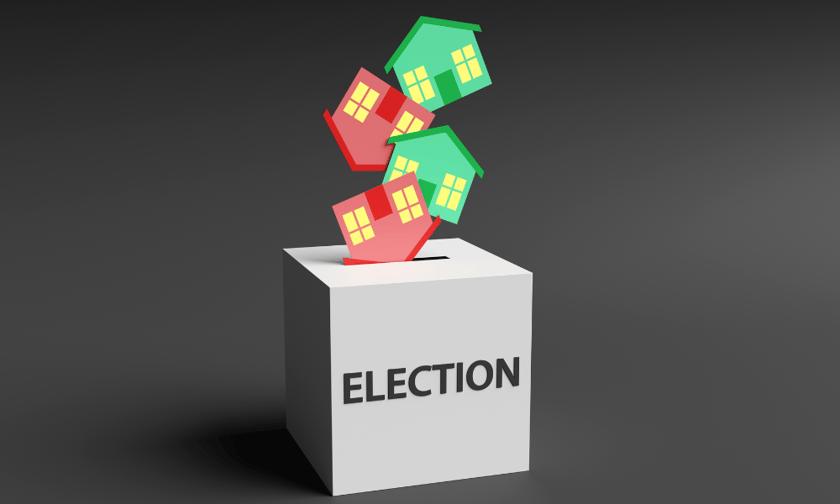

As the federal election approaches, housing affordability has surged to the top of Australia's political agenda.
Approximately 66% of Australian households own their homes, yet for younger adults aged 25-29 and 30-34, ownership rates plummet to 36% and 50% respectively, underscoring severe affordability challenges.
In response, political parties are capitalising on this pivotal issue, proposing extensive plans to enhance homeownership and rental accessibility, PropTrack reported.
Despite the official election date pending, parties are keen to address the housing crisis, with policies being laid out as the election must occur by May 17.
Current trends showed a stark increase in housing costs, a pivotal issue for voters:
The incumbent Labor government has been active in implementing strategies to ease the housing burden.
Federal Housing Minister Clare O’Neil highlighted efforts to expedite construction nationwide.
Central to their strategy is the Help to Buy scheme, a shared equity initiative helping approximately 40,000 homebuyers by covering up to 40% of a property's cost—though this amount must be repaid upon selling the property.
Despite its benefits, critics decried the scheme’s high costs and questioned the government's role in homeownership.
In addition, Labor aims to boost borrowing capabilities by adjusting lending criteria, including disregarding HECS student debts, and has committed $10 billion to the Housing Australia Future Fund to develop 30,000 affordable homes.
Contrasting with Labor, the Coalition emphasised enabling first-home buyers through personal savings and proposes allowing access to $50,000 from superannuation to fund home purchases.
However, this has faced criticism over potential price inflations and impacts on retirement savings. The party also suggests lowering migration to reduce housing demand, alongside pledging $5bn for infrastructure in new housing developments.
The Greens, potentially key players in a hung parliament, advocate for rent control and the establishment of a National Renters Protection Authority. They also proposed phasing out certain tax benefits for investors and creating a public developer to build 360,000 public homes, though this ambitious plan faces uncertain cost estimations.
As political parties unveil their housing agendas, the issue remains a top concern for voters.
Each party offers distinct solutions to address the challenges of affordability and supply, setting the stage for a pivotal election where housing policies could determine the outcome.
